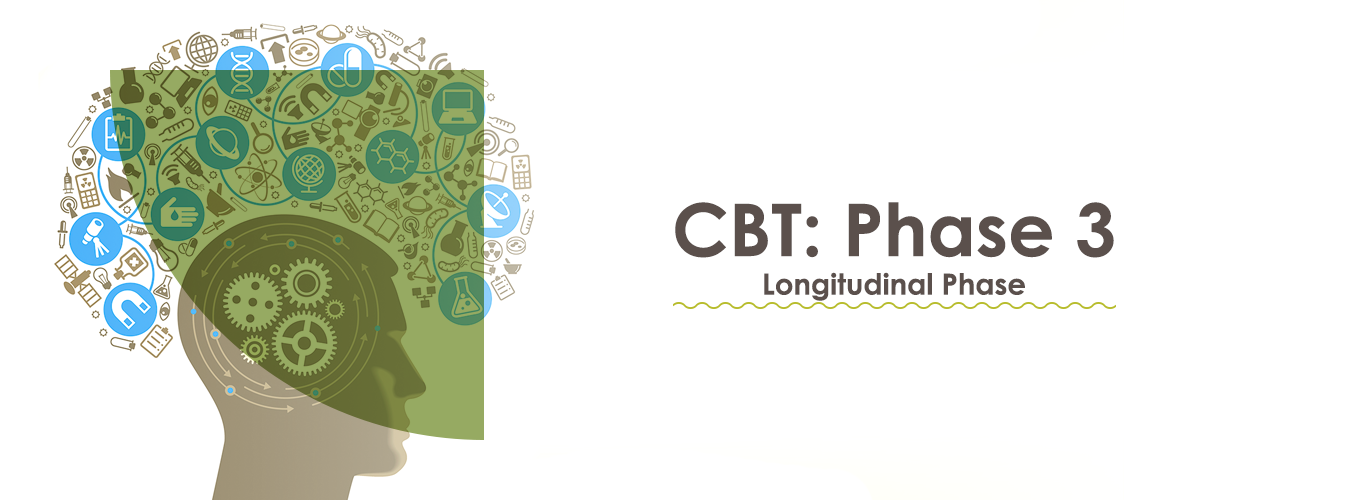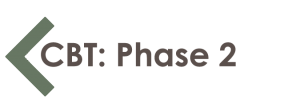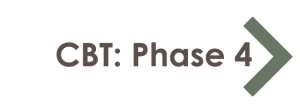
CBT: Phase 3
This phase is concerned with the development of a historical or longitudinal formulation, approximately by session 16. This may occur earlier if the client provides the relevant information unprompted, if they prioritise understanding the development of their experiences/problems or if we become stuck in phase 2. It may also occur later as part of phase 4 if the purpose is to identify vulnerability factors associated with the onset of their difficulties to prevent recurrence. It may also not occur at all if the client chooses not to focus on their past history, since consent is required and it may be associated with difficult emotions.
Subsequent sessions:
Agenda to include a target related to goal list and formulation, and review of previous tasks and setting of a new task to do between sessions (for therapist and participant)
Cognitive and/or behavioural change strategies selected on the basis of negotiation with participant (acceptability) and formulation (likelihood of success). These strategies should be selected from those indicated in the manuals (a list follows).
Belief restructuring work and more challenging behavioural experiments generally occur later in therapy, unless the formulation dictates otherwise.
Video Demonstrations:
The following resources consist of video excerpts of role plays filmed by PRU staff which aim to illustrate the relevant processes, principles and strategies within each phase. Where relevant, these videos are supplemented by descriptions and formulations that were shared with the ‘client’.
Developing a longitudinal formulation and planning a thought broadcast survey
The therapist and client use a thought broadcast formulation to explore the links between current distressing beliefs and past traumatic events. Based on the formulation, a survey to test out the the belief about thought broadcast is planned.
3.1 Longitudinal formulation for thought broadcast
Designing a behavioural experiment for thought broadcast
A thought broadcast survey planned in a previous session is reviewed. The therapist and client then plan a behavioural experiment to test out whether other people can hear her thoughts out loud.
Schema Change (Using positive data logs)
This illustrates the implantation of a positive data log to assist the collection and processing of contradictory evidence to facilitate the development of a more helpful core belief.
3.2 Formulation for Schema Change Roleplay
Imagery modification
The therapist and client discuss a recent time when the client struggled to leave the house due to anxiety and distressing thoughts and images about being attacked. The formulation is mapped out and a discussion takes place about what may be maintaining the problem. Based on the formulation, a thought suppression task is done in session. Imagery modification is then discussed and used to try and change the image into something less distressing.
Developing a longitudinal formulation
The therapist and client move from a maintenance formulation into collaboratively developing a longitudinal formulation of paranoia. This involves eliciting previous difficult life experiences, core beliefs, and positive beliefs about paranoia. This enables the client to make links between past experiences and current paranoia and provides a normalising framework to understanding her difficulties.


